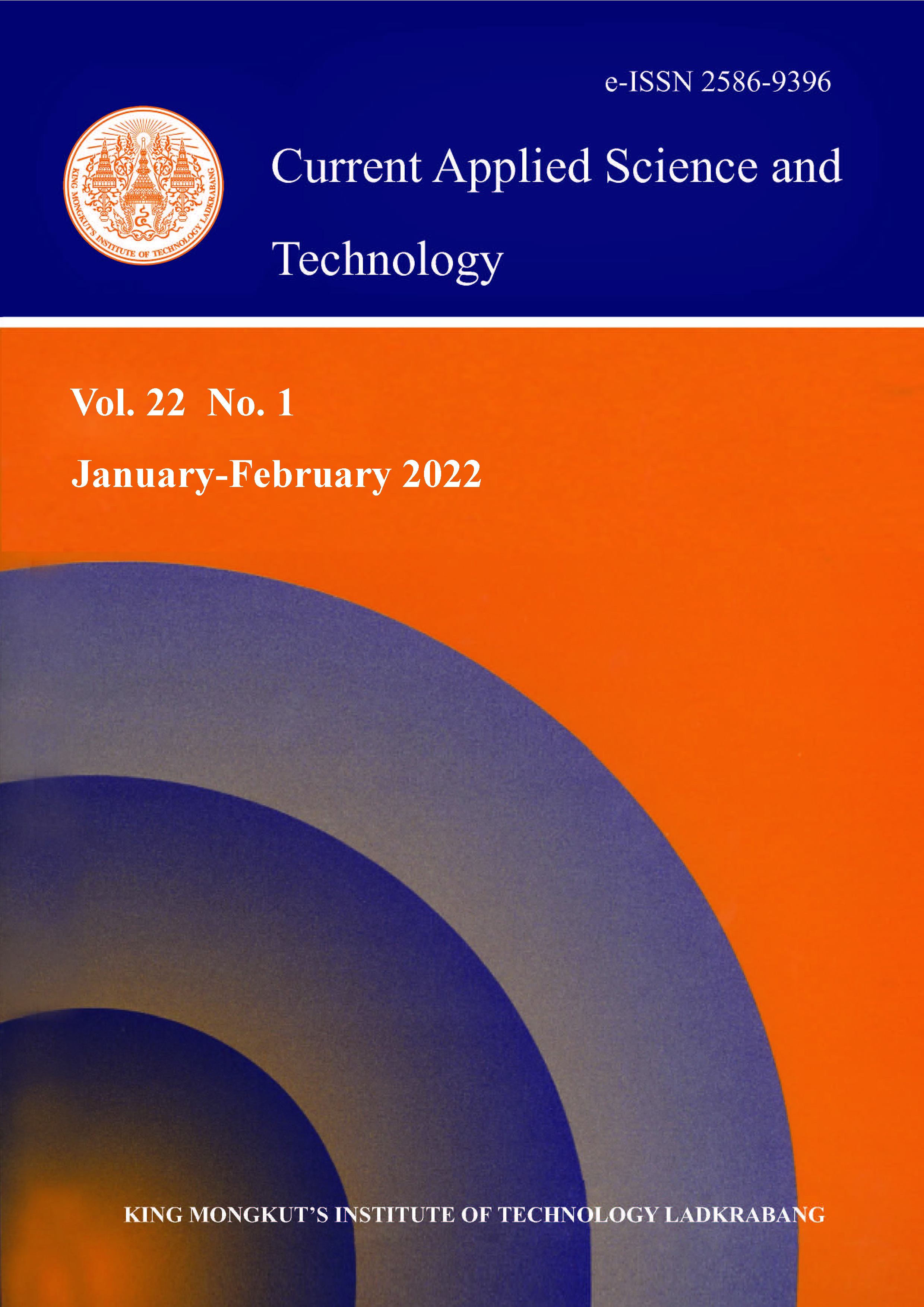This study investigated the possibilities of improving biogas yield from anaerobic digestion of refinery activated sludge (RAS) by optimizing the food to microorganism (F/M) ratio. Different F/M ratios of 0.25, 0.50, 1.00 and 2.00 were studied. The highest biogas production (147.98±7.40 ml/gvs), methane production (51.41±1.78 ml/gvs) and methane content (42.00±5.90%) were obtained from the F/M ratio of 1.00 followed by 0.50, 0.25 and 2.00, respectively. The phytotoxicity of biosolids that came from anaerobic digestion was also evaluated using three different types of seed (Vigna radiata, Brassica rapa and Lycopersicon esculentum) during this process. Increasing amount of RAS via increasing of the F/M ratio (0.25-1.00) stimulated plant development (GI>100) and reduced the phytotoxicity of RAS.
Keywords: biogas; refinery waste sludge; anaerobic digestion; phytotoxicity
*Corresponding author: Tel.: (+66)38627000 ext.5705
E-mail: sutharat.m@sciee.kmutnb.ac.th
Muenmee, S. undefined. ., Theepharaksapan, S. undefined. ., & Boonnorat, J. undefined. . (2021). Effect of Food to Microbe (F/M) Ratio on Anaerobic Digestion of Refinery Waste Sludge under Mesophilic Conditions: Biogas Potential and Phytotoxicity. CURRENT APPLIED SCIENCE AND TECHNOLOGY, DOI: 10.55003/cast.2022.01.22.006 (11 pages). https://doi.org/10.55003/cast.2022.01.22.006
